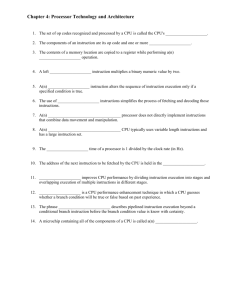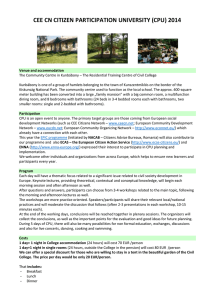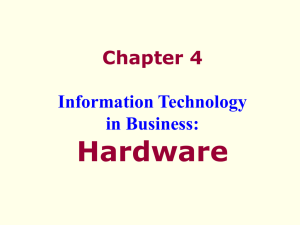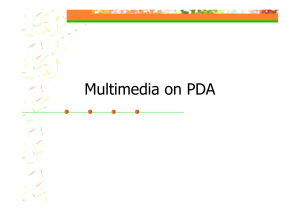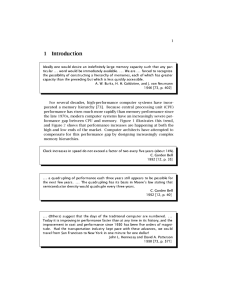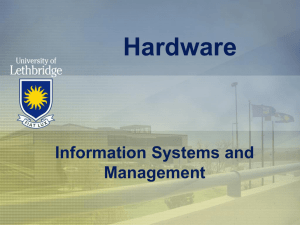What is an operating system?
advertisement
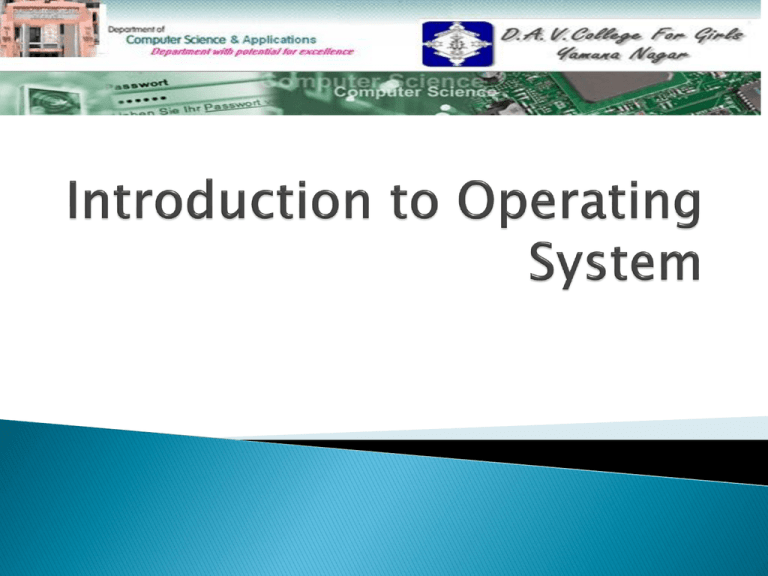
What is an operating system? Where does the OS fit in? Services provided by an OS Why are Operating Systems Important? Hierarchical view of computer system Layers of a Computer System Operating System Components Operating System Overview Protection An interface between users and hardware Allows convenient usage; hides the tedious stuff Allows efficient usage; parallel activity, avoids wasted cycles Provides information protection Go back Go back Facilities for program creation editors, compilers, linkers, debuggers, etc. Program execution loading in memory, I/O and file initialization. Access to I/O and files deals with the specifics of I/O and file formats. System access resolves conflicts for resource contention. protection in access to resources and data. Go back Go back End User Application Programs Utilities Operating-System Programmer OperatingSystem Designer Computer Hardware Go back OPERATING SYSTEM COMPONENTS The CPU is wasted if a job waits for I/O. This leads to: ◦ Multiprogramming ( dynamic switching ). While one job waits for a resource, the CPU can find another job to run. It means that several jobs are ready to run and only need the CPU in order to continue. All of ◦ ◦ ◦ this leads to: memory management resource scheduling deadlock protection Go back Characteristics OPERATING SYSTEM Time Sharing -Multiple jobs are executed by switching the CPU between them. In this, the OVERVIEW CPU time is shared by different processes, Other Characteristics include: so it is called as “Time sharing Systems”. Multiprocessing - Tightly coupled systems that communicate via shared memory. Used for scientific applications. Used for speed improvement by putting together a number of off-the-shelf processors. Distributed Systems - Loosely coupled systems that communicate via message passing. Advantages include resource sharing, speed up, reliability, communication. Real Time Systems - Rapid response time is main characteristic. Used in control of applications where rapid response to a stimulus is essential. Go back Protection CPU A clock prevents programs from using all the CPU time. This clock causes an interrupt that causes the operating system to gain control from a user program. For machines connected together, this protection must extend across: • Shared resources, • Multiprocessor Architectures, • Clustered Systems The practice of this is called “distributed operating systems”. Go back






